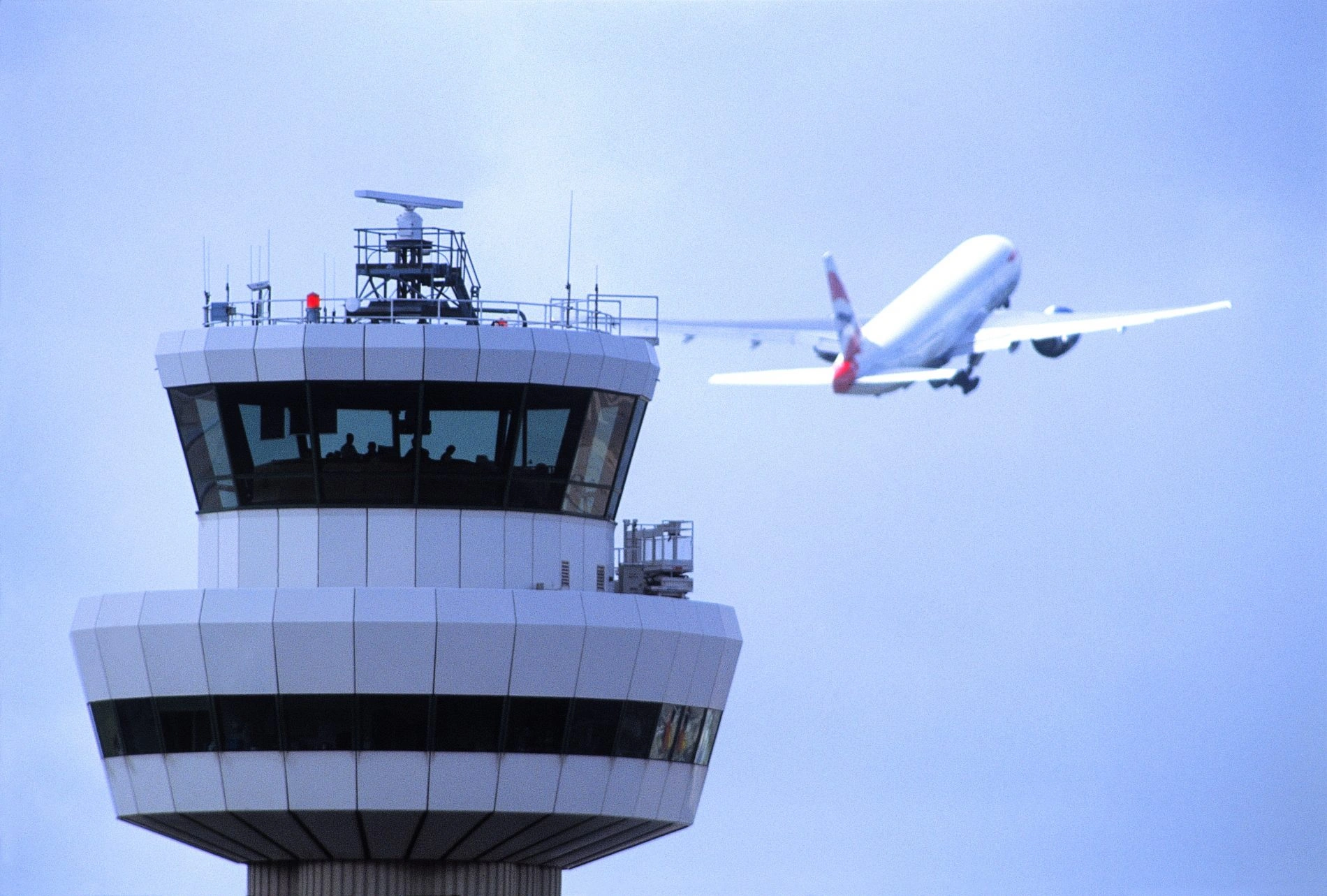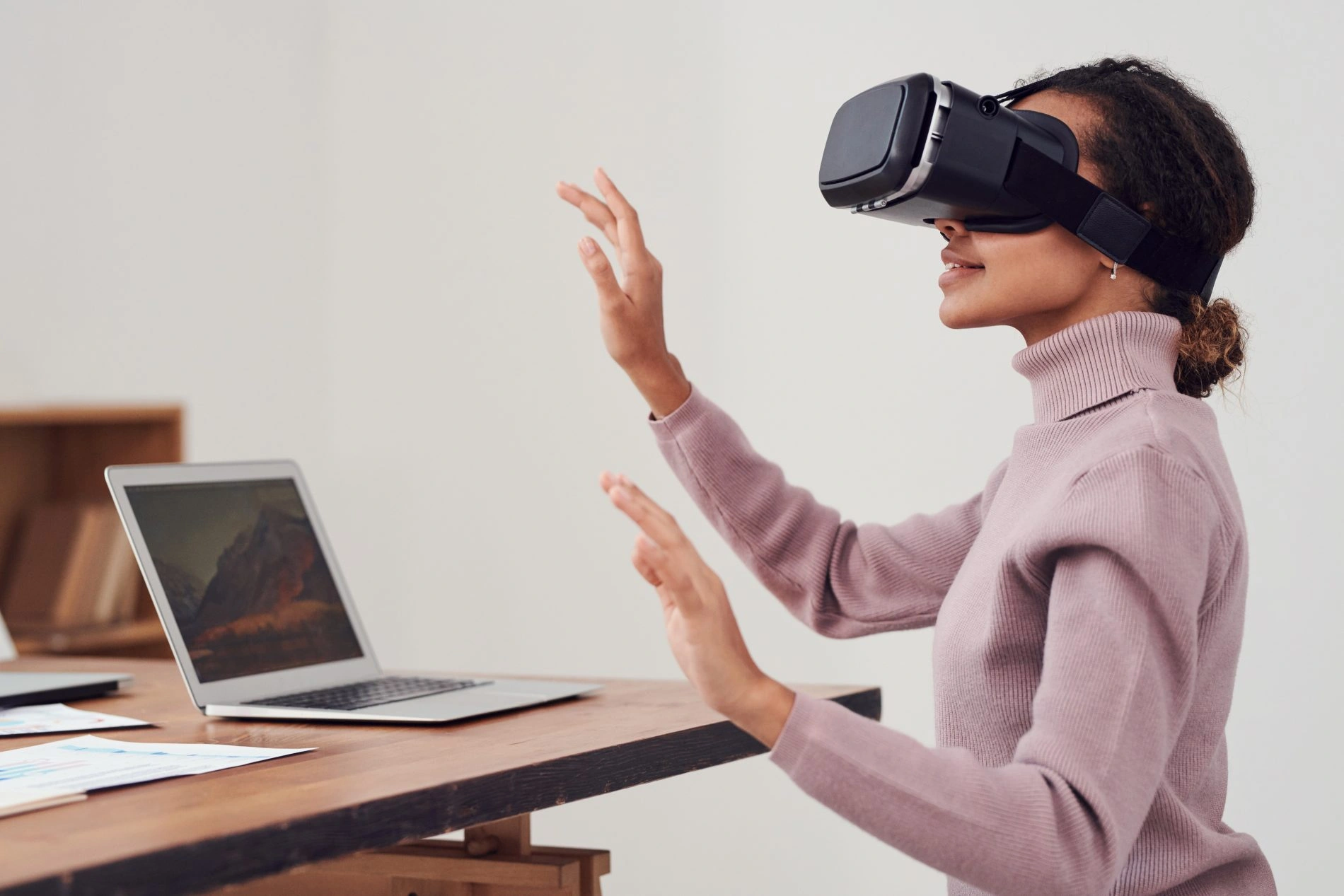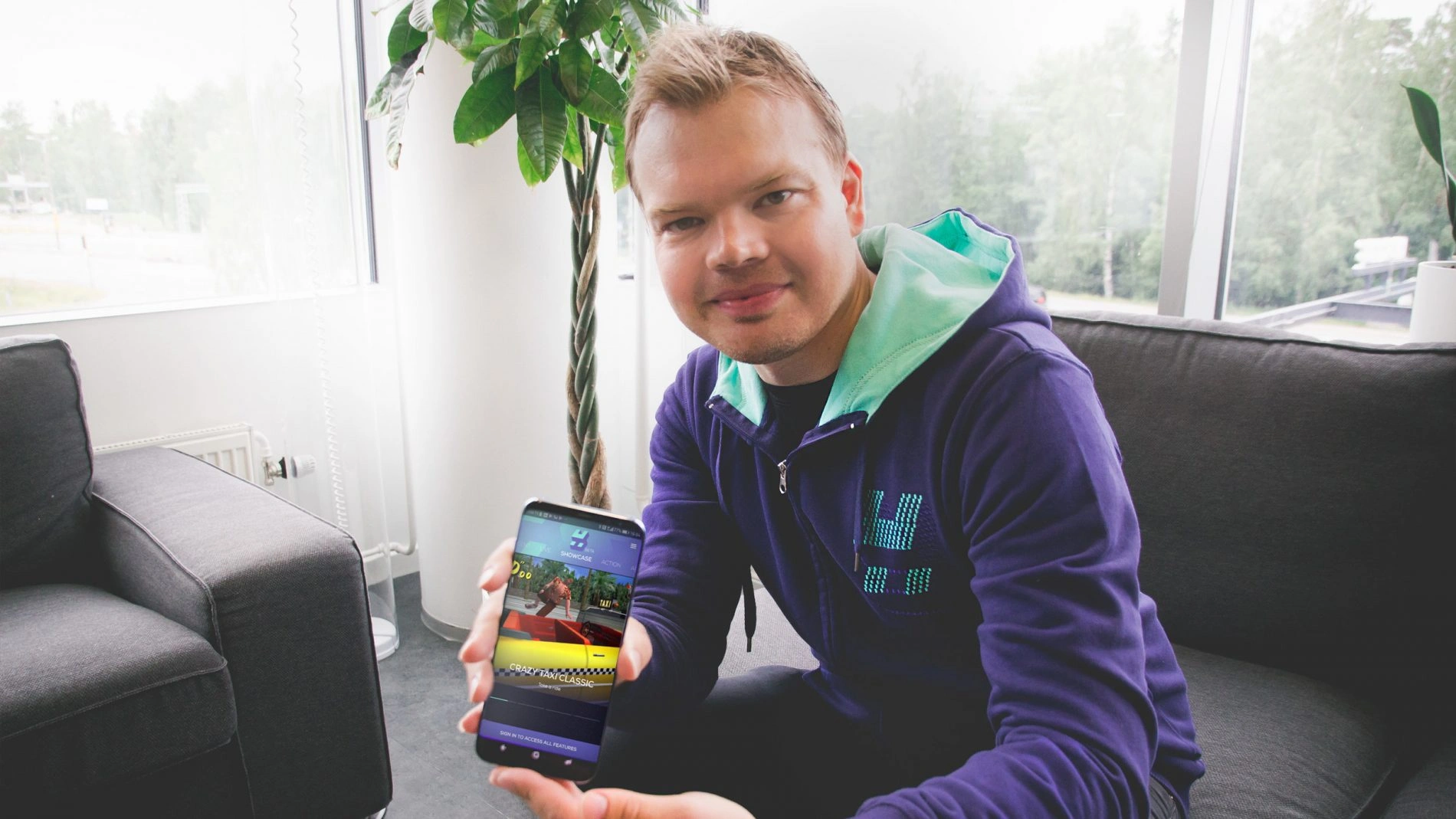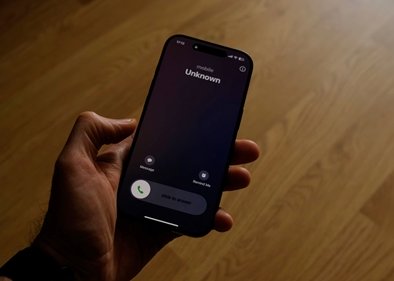From the way we bank, shop, and even date - mobile is now at the centre of our lives. Eventually, 5G will change everything that depends on a wireless connection. And that is pretty much everything.
As a technology, 5G wireless may become “truly transformational”, says investment bank Morgan Stanley.
2019 is the year 5G arrived.
One million 5G handsets, a million 5G modems, and as many 5G fixed mobile access devices will be sold by the year’s end, predicts Deloitte.
Next year this will be 15 to 20 million 5G handsets. In 2021, over 100 million handsets.
By 2025, there will be 1.2 billion 5G connections worldwide, says the GSMA, a trade body of global mobile network operators.
Compare this with the world population that year of 8.1 billion.
In the US, about half of mobile subscribers will be using 5G.
So will 45% of Japanese mobile users, 31% of Europeans, and a quarter of people in China.
The world will be immersed in data by 2025.
But what will all these people be doing with it all?

Control tower with aircraft. Photo credit: Gatwick Airport
Crowd-pleasers
Crowded areas will see early benefits.
With 4G, about a million devices can connect in a 500 square kilometre area. While 5G lets a million devices get online in a single square kilometre.
City centres, athletic and music venues – all the places where today you might struggle to get data or to message someone you’re trying to meet – will get much more online.
Airports, too.
London Gatwick already has wifi, but with 46 million passengers a year, browsing can be slow.
But from 12 September 2019, Gatwick’s South Terminal acquired 5G connectivity, powered by Vodafone.
Now in coming months, new and increasingly automated check-in and boarding systems will make use of the terminal’s 5G connectivity.
And so will a trial of robotic parking.
Stan – named after its maker Stanley Robotics, a French start-up – is a valet parking robot.
It takes your car from the terminal to the long stay car park, by sliding a carrier under it and gently lifting it. Stan’s currently on trial at Gatwick.
Each of the robots uses 5G to communicate both with the car park infrastructure and with other robots.
Robots like this can potentially “significantly increase car park capacity” with only limited changes in the airport’s existing infrastructure, says Gatwick Airport’s chief commercial officer Guy Stephenson.
Robo-parked cars can be placed more precisely and so take up less room. So 8,500 Stan-parked cars can fit into current 6,000 long stay spots.
Meanwhile, sporting events like the 2020 Tokyo Olympics will also be other early coming out parties for 5G.
Intel is partnering with the International Olympic Committee to showcase a range of new technologies to follow the Olympics, including augmented reality and 3D athlete tracking.
Athlete tracking extracts 3D motion from camera feeds, and uses artificial intelligence (AI) to overlay insights and data about a sportsperson.
So with the eyes of the world watching – some in virtual reality – 2020 will be the 5G Olympics.
Driving along in my 5G seater
If a car can communicate constantly with hundreds of cars around it, not only could this prevent collisions, it could end traffic jams, too.
In fact, 5G might be the technology that gets autonomous vehicles out on the road. They rely on data, and lots of it.
4G is fast enough to let you order your Uber and track it through the streets. But a car that’s awash with fast data and low latency from 5G can draw on the cloud to make split-second driving decisions fast as human reflexes or faster.
Ford is working with Vodafone on a system to alert cars to get out of the way of emergency vehicles.
Accident victims have a 40% better chance of survival if emergency services personnel can get to them just four minutes sooner.
There is a 5G testing environment at the north of London in Bedfordshire’s Millbrook Proving Ground.
Called AutoAir, the testbed is letting companies experiment on getting cars to talk to traffic lights, streetlights, road signs, and other bits of infrastructure which might join the internet of things (IoT).
So your car can see around corners, and detect pedestrians obscured by other vehicles.
With 5G data shuttling back and forth between the cars and small masts around the test facility, the testing at Milbrook routinely produces more than four terabytes of data a day.

Photo credit: pexels
Getting the message
With 5G, we’ll communicate with friends and navigate around unfamiliar neighbourhoods not by using our mobile screens, but using our glasses.
And we’ll see virtual and augmented reality (VR/AR) popping up on our car windscreens and our sunglasses, with clues about our environment.
Devices like Microsoft’s Hololens, the HTC Vive, the Oculus Rift or the Oculus Quest will get lighter, cheaper, and more widespread.
You might meet your friends in mixed reality, sitting on each others’ sofas by telepresence as you’re thousands of miles away.
Making virtual and mixed reality work requires vast amounts of computational power.
5G lets your glasses offload all this into the cloud. Making them less heavy and, at the same time, a lot cheaper.
There will be 48 million smart glasses in use by 2021, predicts New York-based technology consulting firm ABI Research.
And with this much data, you can record video clips in six degrees of freedom.
This means being able to move our gaze around 360 degrees in a “sphere” of video, rather than be locked into one perspective on a screen.
It takes a lot of data. But guess just what 5G provides…

CEO of Hatch, Juhani Honkala. Picture credit: Juhani Honkala
Not just fun and games
Above all, 5G promises faster speeds and support for massive data use.
And “the combination of these two is a powerful prospect,” says Paul Barnes, managing director of App Annie, a San Francisco-based company providing data about mobile apps.
Before it leaps into our cars, we’ll see much of these new virtual and augmented reality power first in gaming.
Finnish games company Hatch and Vodafone launched a partnership in May to launch the world’s first cloud-based gaming platform built for 5G.
Moving the processing power behind games into the cloud helps unlock new formats and new opportunities, Mr Barnes says. Like huge multi-player realtime games in rich graphic environments.
“Think Fortnite, with thousands of players,” he says.
If heavyweight, video intensive apps can live in the cloud, instead of your smartphone, it means it’s easier to try out different ones instead of downloading each one.
It also means apps will be able to make much more use of video.
Nailing the infrastructure
With sensors smaller, cheaper, and everywhere, practically everything will be connected.
Pretty essential to the operation of 5G networks, too, is edge computing and micro data centres. Equally necessary is a lot more storage, to hold vastly expanding amounts of data.
The collective sum of the world’s data today is 33 trillion gigabytes.
But we’re also currently creating 16.3 trillion gigabytes of new data a year, says the International Data Corporation.
In 2025, the world will hold 175 trillion gigabytes, while creating 163 trillion new gigabytes a year – so many more data centres will be necessary to hold it.
At the same time, 5G’s edge structure cuts latency by putting data centres physically closer either to the point of origin of data, or to a base of users.
This means geographically dispersing data centres – so it will get to you faster and your experience will be more pleasurable.
Hunting for killer apps
The exact path 5G takes between now and 2025 will depend a bit on its first “killer app”, its driver for adoption, argues Steven Carlini, vice president of innovation and data centres for French-based Schneider Electric.
“3G was driven by the adoption of software applications, and 4G by demand for online streaming and video,” Mr Carlini says.
5G’s killer app still remains to be seen.
Front runners clearly include 4K and 8K video, driverless cars, AI, AR/VR, and real-time TV applications.
There’s also tactile internet – with round-trip latency in the millisecond range, 5G can transmit a sense of touch across the world in real time.
Remote surgery, trying on clothes in a shop in another continent, and maintenance and repair at a distance: all these are possible when the internet can transmit touch.
Which of these killer apps takes off first has a big impact on how 5G technology develops between now and 2025.
It’s an exciting future, with many countries jostling to get to it first. And a world of total connectivity ultimately will be one that draws us all closer.
That’s a future worth getting to.

























